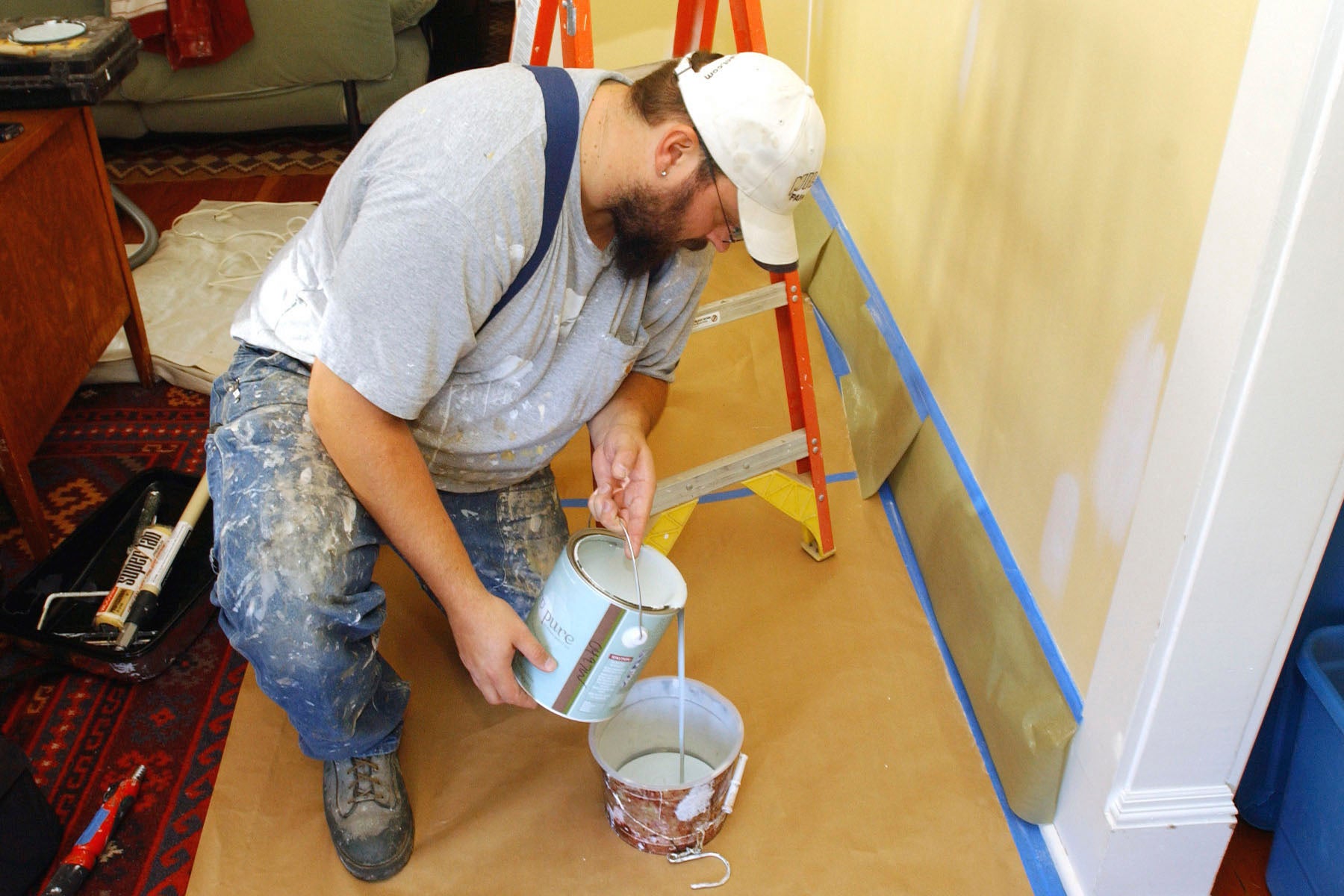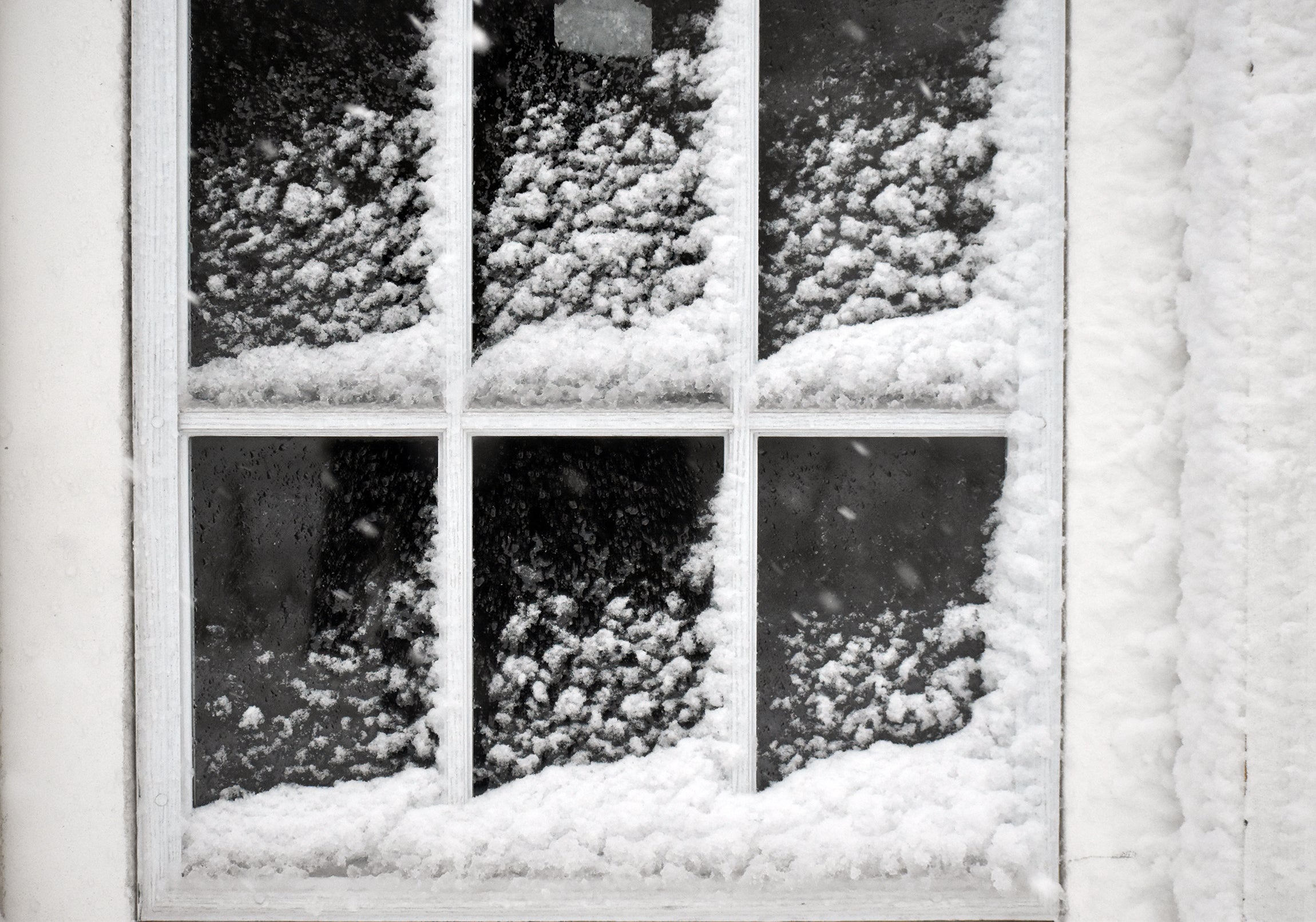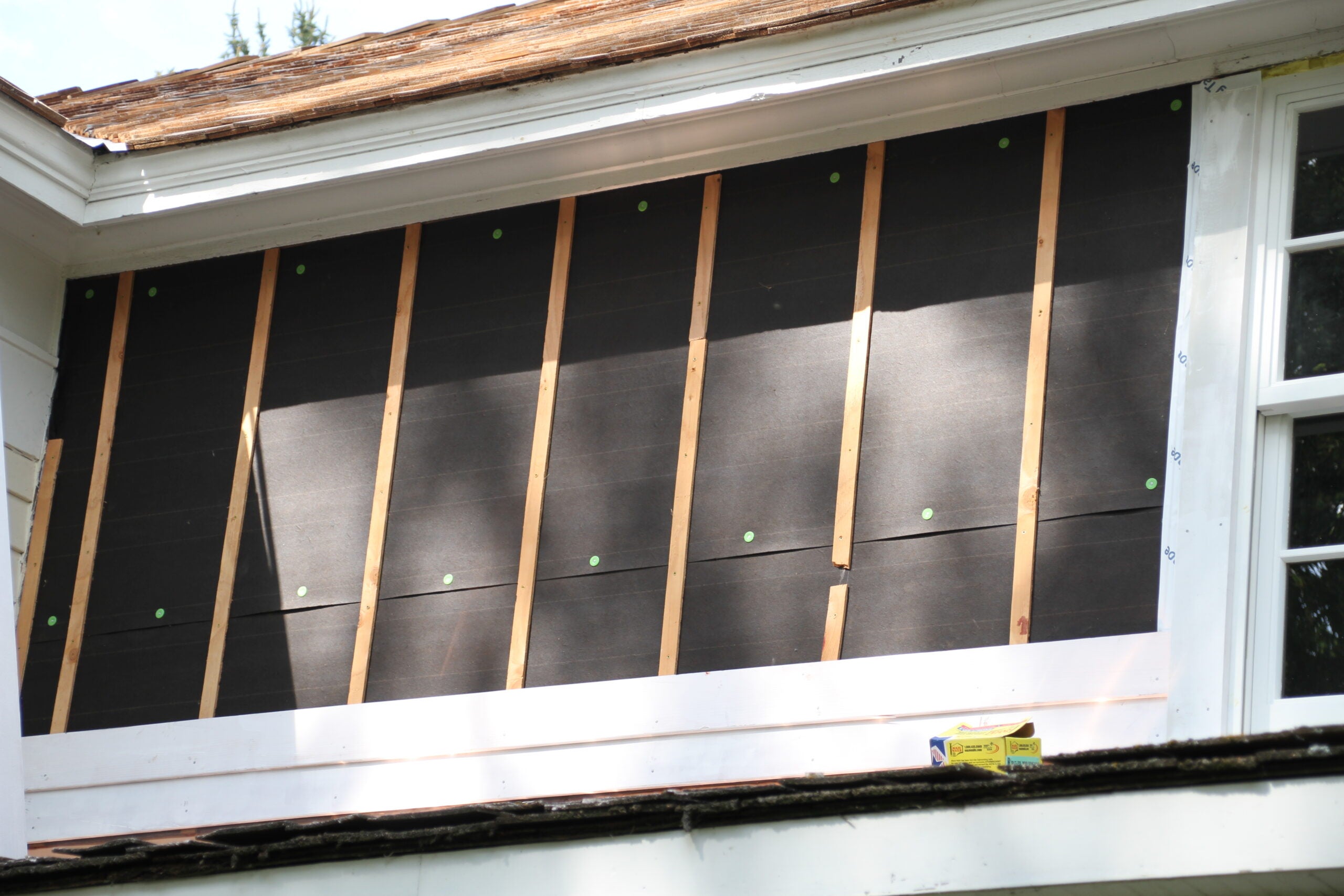Painting might be on the easier side of home improvement projects, but that doesn’t mean you can slap one coat of paint on your walls or cabinets and get a result that’s professional-grade.
You need to put in the prep work if you want to paint like a master craftsperson, said Nick Slavik, proprietor of the Nick Slavik Painting & Restoration Company.
“When somebody calls us in to enamel a set of kitchen cabinets in a lived-in house, we will spend 56 hours of labor doing it,” Slavik said. “It literally takes us about nine minutes to professionally spray one coat of enamel on the cabinets. But all that other time is prep and de-prep, and then taking care of our clients.”
Stay informed on the latest news
Sign up for WPR’s email newsletter.
Slavik joined WPR’s “The Larry Meiller Show” to help listeners brush up on their painting skills.
The following interview has been edited for brevity and clarity.
Larry Meiller: What are the most common mistakes you see people making when they’re repainting inside of their home?
Nick Slavik: It’s usually with prep, and it’s the least fun part of the job. Nobody wants to do it. But we joke within the industry that master craftspeople are basically preppers that happen to do a little painting at the end. So all the scraping, all the sanding, all the smoothing out, and the patching, the priming, the things like that are really what makes a masterful paint job.
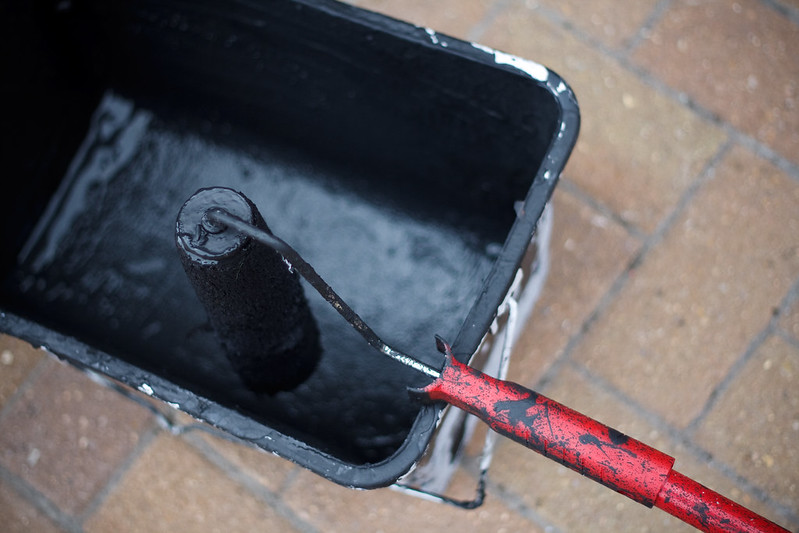
LM: What are the steps to prepare surfaces for painting?
NS: Inside the house is way easier than outside. Walls are very easy. If there’s dust, remove the dust, either with a Swiffer or a cotton rag. Patch and sand any holes, tape the woodwork, and then start painting. Pros usually do two coats over the same thing. For drastic color change, you’ll need a coat of primer and then two coats.
Exterior is where it gets fun. Our professional process is to wash to get any dust and powdery mildew off. We will then assess it for any bare spots. Any bare substrate will get spot prime with a very high quality acrylic primer. We caulk only after the priming is done, so that the caulking sticks. Then, two coats of a very high quality 100 percent acrylic paint.
LM: Why might you get an uneven paint finish?
NS: No. 1, it could be a bad brush, a bad roller, bad paint or improper paint. It could be paint that’s not mixed. And, I will always go back, respectfully, to human error.
At my company, the standard operating procedure for painting interior walls is to get everything prepped, cut one wall at a time, and then roll one wall. (Note: “Cutting in” is when you hand paint the tight areas of a room, like along the trim or ceiling line.)
The masters of this craft abide by the wet edge rule: When you paint a wall, and even the outside of a house, you keep all of it wet so it dries at the same time. That will give you that beautiful, professional luster-y kind of look.
The worst thing that I see people do is when they cut all the walls in a room twice because they don’t like doing it. Then they wait a day to come back and roll. You were guaranteed to get uneven picture framing. You’ll see the different shine levels, different colors all over the place.
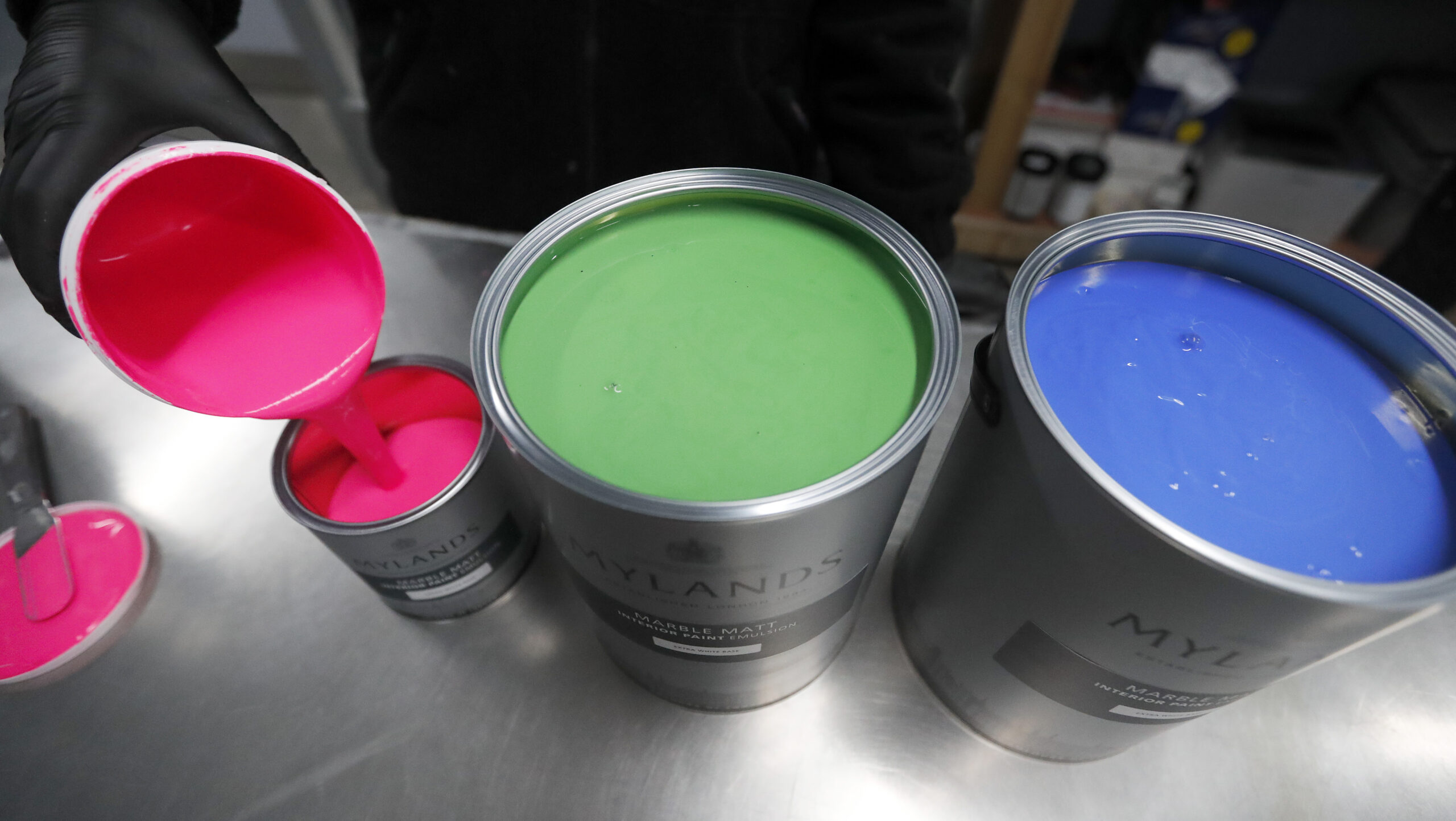
LM: I have a lot of color inside my house. There’s yellows, browns and greens. Is that the way to go? What do you think about color?
NS: We get a lot of data points from our clients. I’ve been around this industry long enough to see a handful of trends. In the early ‘90s, every new house that was painted was golden oak trim and white walls.
Then we went through our phase of tan walls, red dining room, sage green kitchen. We went through the “Millennial gray” era, where everything is Sherwin Williams Repose Gray, and it’s taupe-y.
And now we’re into a phase where woodwork is either black or white and walls are white again. And so it goes in these large trends.
But I will say, like Larry, about 25 percent of our clients let their personality dictate the color. They will have these bright, vibrant colors and they won’t follow the exact trends.
